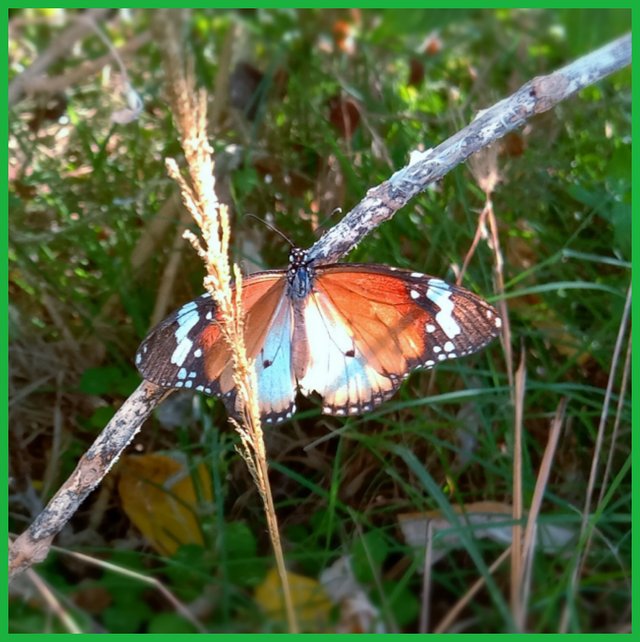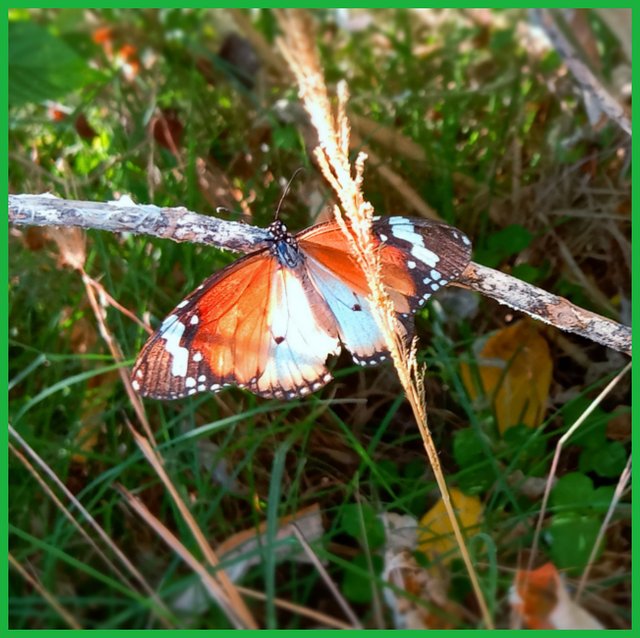Marphology of a butterfly
Hello all... Good night!!!
Butterfly is the name for this beautiful type of insect, it is one of the animals that is often discussed by everyone, especially for lovers of insects, in every circle this animal is very popular with all its patterns and colors so that everyone visits the flower garden the first time encountered was a butterfly.
But people rarely talk about the state of their body, but what they often talk about is just its beauty. But did you know that the body or physicality of the butterfly itself has several structures such as,
- Head
- Thorax
- Abdomen
Now on this occasion I will discuss the explanation of the above mentioned.

Head
At the head of the butterfly is equipped with several neatly arranged components that have their respective functions.
Namely :
1. Antenna
Each butterfly species has two pairs of antennas located at the head end, which are on the left and right sides, these antennas can be moved in any direction desired by the butterfly itself. Each species of butterfly has a different size depending on the species itself, sometimes enlarged, multiplied, downy. While the elongated shape that is located on both sides there is almost even resembles a chicken feather if you see it with a magnifying device

The existence of devices such as antennas that are owned by butterflies is very helpful in carrying out daily activities, these antennas are equipped with nerve cells that function as sense of smell and touch when hanging out with other butterflies. The antenna is always in motion when something is caught that signals something.
2. Eye
In this case there is a privilege for butterflies because butterfly eyes can be said as a compound eye. While the eye is divided into 2 parts such as,
compound eyes, where the compound eyes are located on both sides of the head, which are composed of optical units called omatidia (hundreds of omatids)
Whereas compound eyes can detect movement well when there is light or movement coming from the surrounding nature. However, the eye cannot focus on a certain point,
and the eye sees the distance clearly, as well as the single eye / Oseli, where Oseli's eyes are hidden or covered by fine hairs.
However, both eyes have their respective functions that can support the vision of butterflies in their daily lives.
3. Mouth

Every animal has a mouth to digest something or put food in its body, butterflies also have a mouth, but their mouth is very different from other animals.
Insect experts say that the butterfly's mouth is divided into three like, namely,
- Labrum
- Labial palpus
- Proboscis
Labial itself is one of the most sensitive parts of the lips and is generally used as a tactile device when sucking mudflakes or sucking liquid on fruit that has rotted when it becomes runny
Whereas proboscis itself is or mandibules
Mandibules (lower jaws of butterflies) which originated as a biting device, reduce. The maxillary adapt becomes a suction device namely Proboscis which is shaped like a tube (siphoning). If not being used, Proboscis is rolled up, and can be stretched back when not in use.
In general the mandibules themselves are often used to suck mudflakes or liquids that have melted, however some people say that butterflies do not have mouths.

Will be continued on the second post on the next opportunity ....
Thank you so much
| Camera | MI Note 7 |
|---|---|
| Themes | Morphology of a butterfly |
| Source of writing | Excerpts from research results |
| Photographer | @fataya |
| Location | Medan, Indonesia |